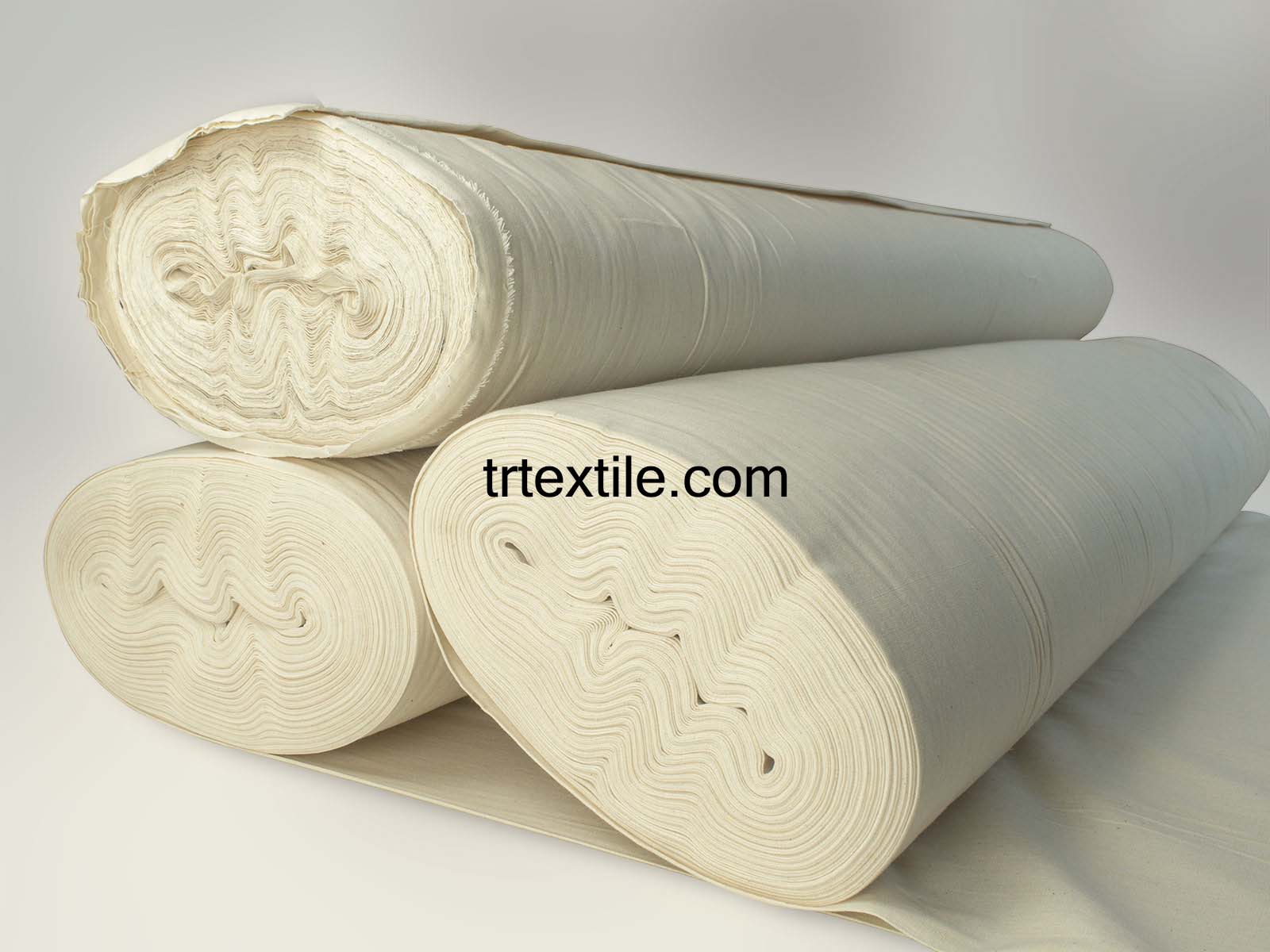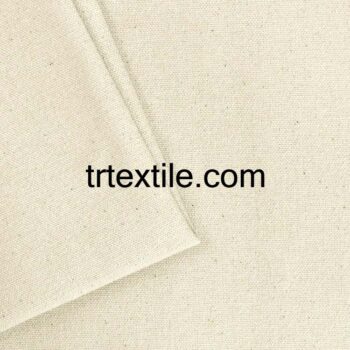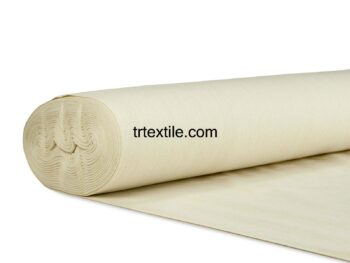Calico fabric has a long and storied history in America, dating back to the early colonial days. It was one of the first fabrics produced and traded in the New World, and it played a key role in the development of the American textile industry.
Calico fabric is a type of cotton fabric that is plain-woven and printed with small, colorful designs. It is typically lightweight and has a smooth, crisp texture. The fabric gets its name from Calicut, India, where it was first produced and traded by European merchants in the 17th century. Calico quickly became popular in Europe and was later brought to America by the early settlers.
In colonial America, calico fabric was highly sought after for its vibrant colors and intricate designs. It was used to make a wide range of clothing, including dresses, skirts, and shirts. Calico fabric was also used for household items such as curtains, bed linens, and tablecloths. Its popularity grew rapidly, and by the early 18th century, calico fabric was being produced in mills throughout the American colonies.
One of the key reasons for the popularity of calico fabric in America was its affordability. Cotton was readily available in the southern colonies, making it a cheap and easily accessible material for everyday clothing. Calico fabric was also durable and easy to care for, making it ideal for the harsh living conditions of early America.
As the American textile industry grew, calico fabric played a significant role in its development. Mills in New England and the Mid-Atlantic states began producing calico fabric on a large scale, using new technologies to increase production and improve the quality of the fabric. Calico fabric became a staple of American fashion, with new designs and patterns being created to keep up with changing trends.
During the Industrial Revolution, calico fabric production in America boomed. Mills were able to produce vast quantities of calico fabric at a rapid pace, making it more affordable and accessible to the general population. Calico fabric became synonymous with American style, and it was worn by people of all social classes.
In the 19th century, calico fabric continued to be a popular choice for clothing and household items. Its versatility and affordability made it a staple in American homes, and it was used for everything from quilts to aprons. Calico fabric was also used for uniforms during the Civil War, as its bright colors and patterns made soldiers easily identifiable on the battlefield.
Today, calico fabric remains a popular choice for clothing and home décor in America. It is still produced in mills across the country, using modern techniques and technologies to create a wide range of designs and patterns. Calico fabric continues to be loved for its vibrant colors, durability, and timeless appeal.
In conclusion, calico fabric has a rich history in America and has played a significant role in the development of the American textile industry. Its affordability, versatility, and durability have made it a beloved fabric for generations, and its popularity shows no signs of waning. Calico fabric will continue to be a staple in American fashion and home décor for years to come.


